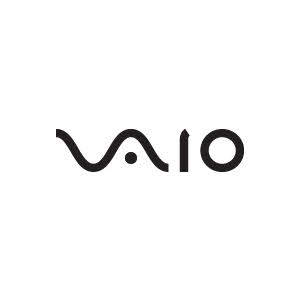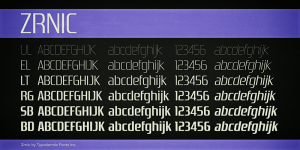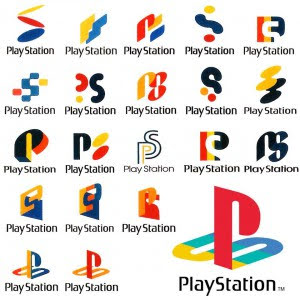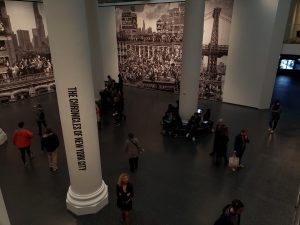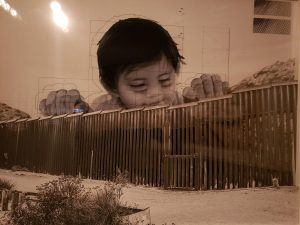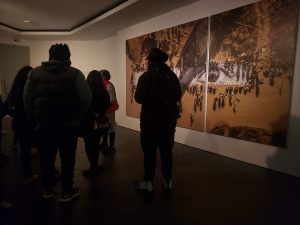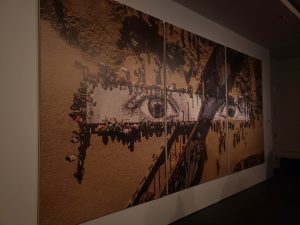Hello my name is Emmanuel Hernandez and I am a current student at the New York City College of Technology, enrolled in Communication Design.
Born in the capital of the United States, lived a few years in Maryland, raised in Jackson Heights, Queens, New York. Both of my parents came to this country empty handed, wanted me and my sister to have a better future. Living in New York is like no other place, it is unique, The style and appearance of my neighborhood has made me become who I am today. It has given me a huge impact, and it became a part of my life.
At the age of five, my parents discovered that I have a disability. We are not sure how it happened, but I have a hearing problem. I am able to communicate with others and hear perfectly with my right ear, yet my left isn’t as functional like my right, it’s completely dead . During that same time period my parents quickly learned that I am talented, I have the talent to draw, I am an artist, and like Andrew Loomis once said, ” Drawing is vision on paper”. I feel that I am able to express myself with my skills of art, knowing the fact that my drawings are my power tool, that it can become meaningful.
Choosing this major was easy, I always figured why not put my art skills in technology. I always had this kind of interest since middle school, I like the way how every store in my neighborhood had its own unique typeface and logo. It came to the point where I said to myself, “One day my work will be known ! “. In my first year my interest increased, I was capable of learning new things, and work on programs that I have never used before such as Adobe. As I continued to take different courses while being in the graphic design field, I for sure now know that I want to become a graphic designer, yet I don’t know what kind. Hopefully the next few years I’ll earn my bachelor’s degree and become a successful graphic designer.

